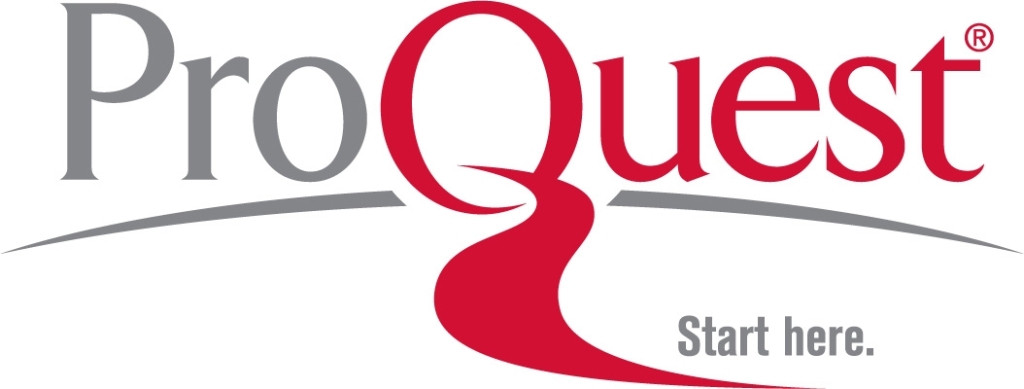ÖZ
Hayat bilgisi dersi, öğrencilerin kendisi, ailesi ve yakın çevresini tanımasına yardımcı olmayı amaçlar. Bu tanıma sürecine yardımcı olan unsurlardan biri de tarih öğretimidir. Öğrenciler, tarih öğretimi sayesinde öncelikle kendi ailelerini tanırlar. Sonrasında ait olduğu milletin tarihini ve kültürünü öğrenirler. Tarihi ve kültürü tanımak, onların toplumsal kurallara anlam vermesini, dolayısıyla geçmişle ve günümüz arasında bağ kurmasını sağlar. Bu da onların tarihsel anlayış geliştirmelerinin temelini oluşturur.
Literatürde yapılan çalışmalar, ilkokulda yalnızca ders kitaplarına bağlı tarih öğretiminin öğrencilerde tarihsel anlayışı geliştirmekte başarısız olduğunu göstermektedir. Buradan hareketle araştırmanın amacı, çeşitli sözlü tarih etkinliklerini kullanarak yapılan tarih öğretiminin 3. sınıf öğrencilerine ne tür katkılar sağladığını ortaya koymak olarak belirlenmiştir. Araştırmada Diekema (1989) tarafından tasarlanan “Benim Bir Tarihim Var” adlı ders planı, 7 hafta boyunca takip edilmiştir. Ayrıca Hickey (2017) tarafından hazırlanan “Hayatta Olan Kuşaklar” ve “O Zaman-Bugün” adlı etkinlikler kullanılmıştır. Çalışmanın modeli, nitel araştırma yöntemlerinden eylem araştırmasıdır. Çalışma grubunu, İstanbul’da faaliyet gösteren özel bir okulun 3. sınıf öğrencileri (9) oluşturmuştur. Çalışmanın verileri; sözlü tarih öğrenci görüşmeleri, katılımcı öğrencilerle yapılan yarı-yapılandırılmış görüşmeler, aile ağaçları, aile haritaları, zaman çizelgeleri, zaman kapsülleri, sözlü tarih görüşme öz değerlendirme formları, “Aynı Anda Yaşayan Kuşaklar” ve “O Zaman-Bugün” etkinlik formlarından toplanmıştır. Elde edilen veriler, içerik analizi yöntemiyle analiz edilmiş ve yorumlanmıştır.
Araştırmanın sonuçları, sözlü tarih etkinliklerinin öğrencilerin zaman ve kronolojiyi algılama, neden-sonuç ilişkisi kurabilme ve değişim ve sürekliliği algılama gibi tarihsel düşünme becerilerini geliştirdiğini göstermiştir. Ayrıca öğrenciler, kendilerinin kişisel bir tarihleri olduğunu ve tarihin bir parçası olduklarını fark etmişlerdir. Bunların yanında “zaman” ve “kuşak” gibi ilkokul öğrencileri için anlaşılması zor kavramları somutlaştırma ve anlamlandırma fırsatı bulmuşlardır. Sınıf öğretmenleri, öğrencilerin geçmişle günümüz arasında bağlantı kurmalarına yardımcı olmak için sözlü tarih yöntemini tercih edebilirler.ANAHTAR KELİMELER
DOI: http://dx.doi.org/10.15390/EB.2019.8132







